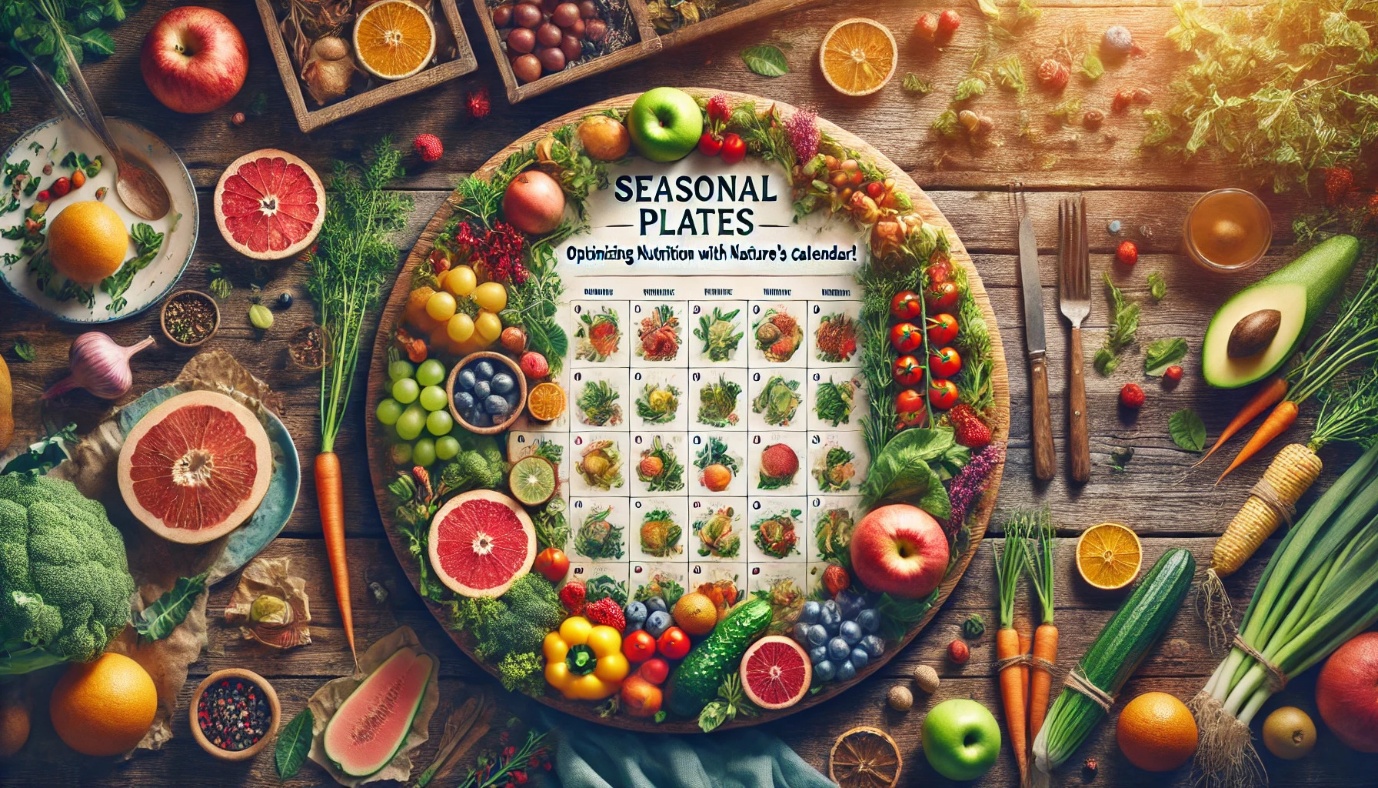Do you feel like you’re spending more and more money on food? Does it seem impossible to eat healthily without going over budget? Well, fear not!
This blog shares 10 tips for affordable nutritious eating. You can look after yourself (and your wallet) after all.
If you want to save money while still feeding yourself and your loved ones healthy food, then you just need to know how to shop smartly and plan meals. Keep reading to learn more!
Shopping Tips
1. Buy food items that last-long

It is possible to eat healthy without spending more money! Select foods that have a longer shelf life, so you can keep costs down while still eating well.
For example, choose frozen or canned items over fresh fruit and veg as these can go off quickly in the fridge– meaning you’ll end up throwing them away (and wasting cash).
Bonus: Frozen fruits and vegetables are picked at their nutritional peak then preserved, so don’t panic about them losing goodness as they sit in your freezer!
Keep an eye out for extra salt and fat hidden in frozen meals, like butter or sauces. High sodium levels can also be lurking in canned veggies— check labels!
Speaking of fruits, those cans packed heavy syrup are loaded with sugar too.
2. Buy whole foods
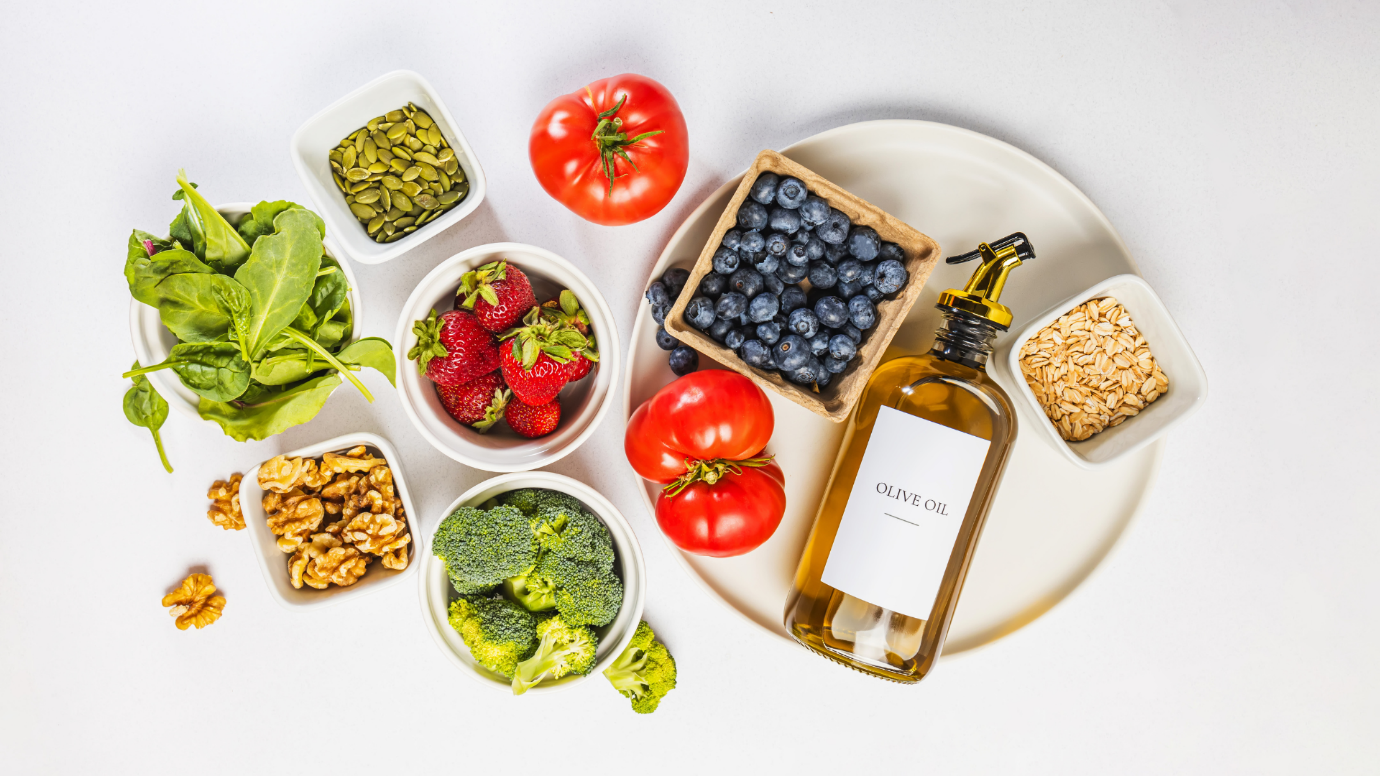
Selecting whole foods over processed foods has dual benefits: not just better nutrition, but lower cost. Block cheese instead of shredded and canned beans over refried are two examples.
You might also find that per serving, whole grains like brown rice or oats are cheaper than processed cereals.
Another bonus is many whole foods come in big packages or containers; when the price per unit is less, this often means major overall savings.
3. Avoid highly processed foods

Even though it might be tempting to grab fast and easy meals, they can end up costing you a lot more money in the long run– plus, they may not be providing any real nutrition.
Things like crackers; soda pop; cookies or pre-packaged dinners have little going for them except lots of added sugars and/or sodium… and cost too much!
Instead, why not spend your cash on nutrient-dense whole foods that will help keep costs down while making sure nutritional needs are met?
4. Plan meals around weekly specials

Weekly meal planning is not only about organization, but it can save some cash too.
In case you plan your meals based on what is being offered cheaply at the local store, then you will take advantage of the discounts and prevent impulsive expensive purchases (which are also unhealthy).
Many grocery stores offer digital apps and email newsletters showcasing their weekly specials, facilitating the creation of a wallet-friendly meal schedule.
Additionally, think about hitting the aisles around Wednesday– some deals will be ending and others starting, with savings from both possibly up for grabs.
Budget Alternatives
5. Shop the farmer’s market
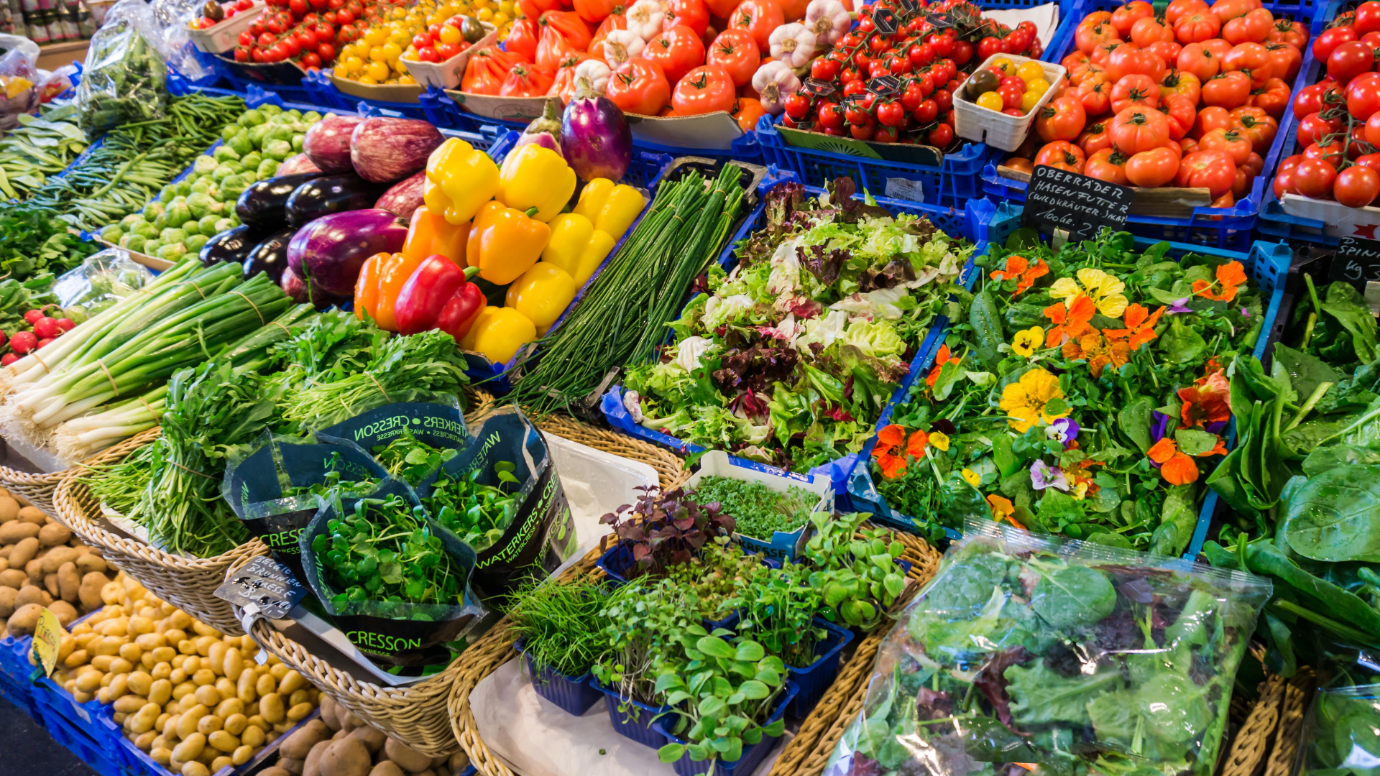
Visiting a farmers’ market to buy farm fresh produce is an economical way of eating healthy!
In addition to eliminating the middleman– and his markup– many growers provide affordable options for produce. You might even score lower prices on items farmers have left over when market hours are winding down.
But watch out if funds are tight: Gourmet items like handcrafted sauces can sometimes break the bank here!
6. Buy cheaper cuts of meat
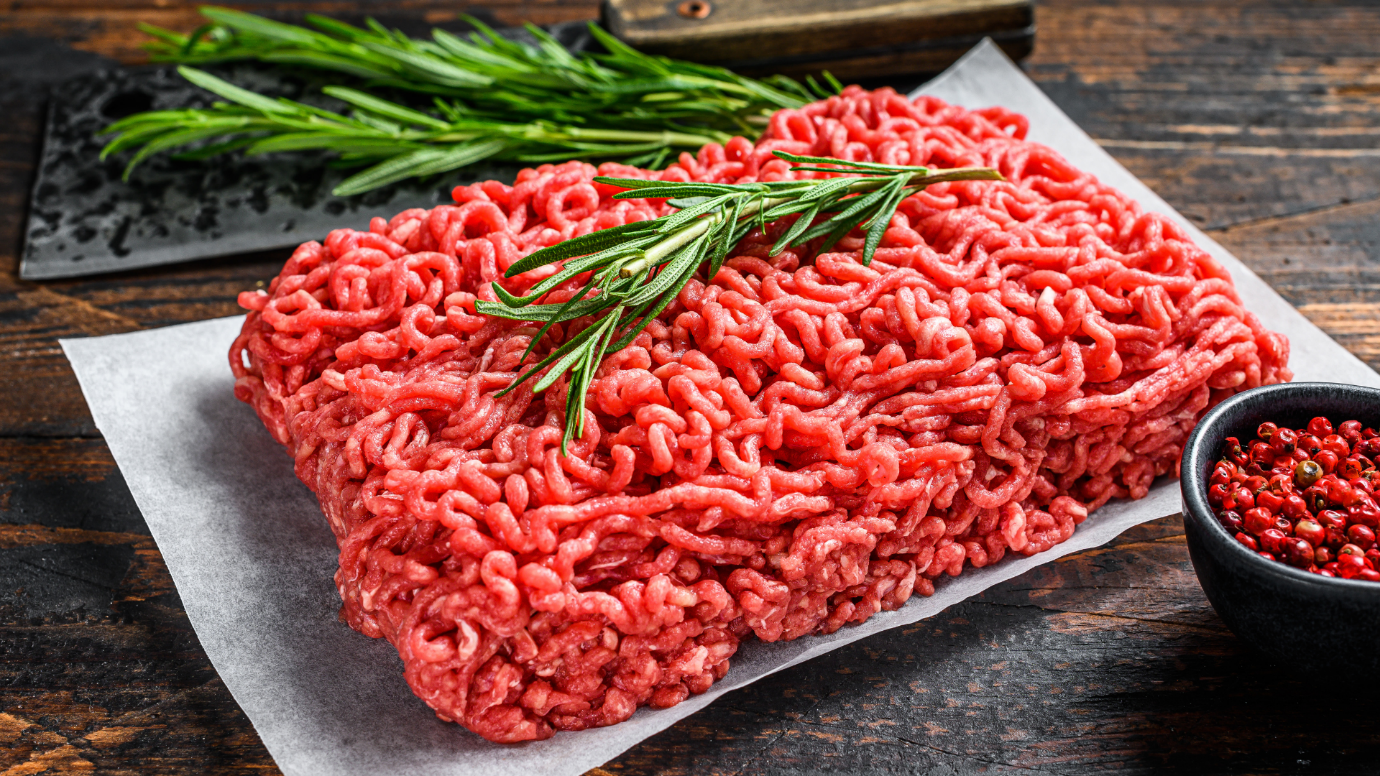
Just because you want to eat healthy doesn’t mean you need to spend a lot of money on meat and fish.
There are plenty of other choices that cost less– for example, ground beef or turkey, pork chops, chicken pieces (like legs and thighs), or eggs (which can be used as a protein source).
In fact some cuts of meat which tend to be cheaper usually can go further when you cook them— and there are lots of recipes available online if you’re not sure where to start!
7. Replace meat with other sources of protein

Here’s one cheap tip: Eat less meat and more protein from other foods. This isn’t just better for the planet; it’s also good for your wallet.
So, why not try some of these affordable sources of protein such as legumes (beans), hemp seeds or eggs?
They’re nutritious too– and there are plenty of recipes available online if you need inspiration.
Home Tips
8. Cook at home

Cooking at home is yet another way to stay within your budget and eat healthily. Eating out can break the bank, particularly for larger families.
If you make cooking at home a regular habit– rather than an every-now-and-then chore– you can feed four people for the same cost as one or two diners at a restaurant.
Consider preparing meals in bulk and freezing them for hectic days, or making meal prep part of your daily routine.
Another advantage: You’ll have greater command over the types and amounts of ingredients used in your dishes.
9. Cook large portions
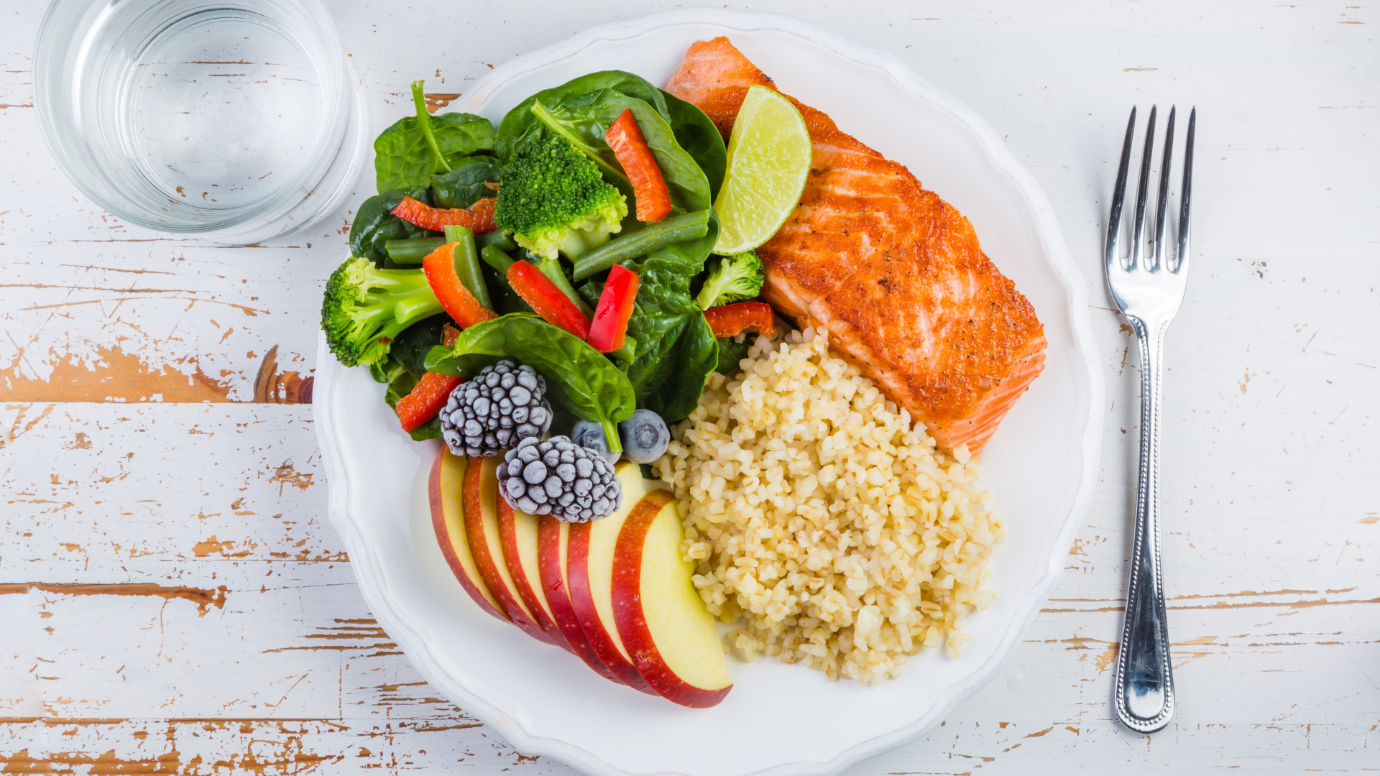
Preparing meals in bulk is an efficient way to cut costs and save time. Extra food can always be used to create new recipes; for example, leftover ingredients are ideal for making stir-fries, soups, burritos or salads later in the week.
By cooking larger quantities you may also find you no longer need to eat out as often— even when pushed for time— or resort to expensive takeaways after busy days at work.
One top tip: If there’s surplus from dinner tonight, why not portion it up and freeze ready-meals for another evening?
10. Pack your lunch
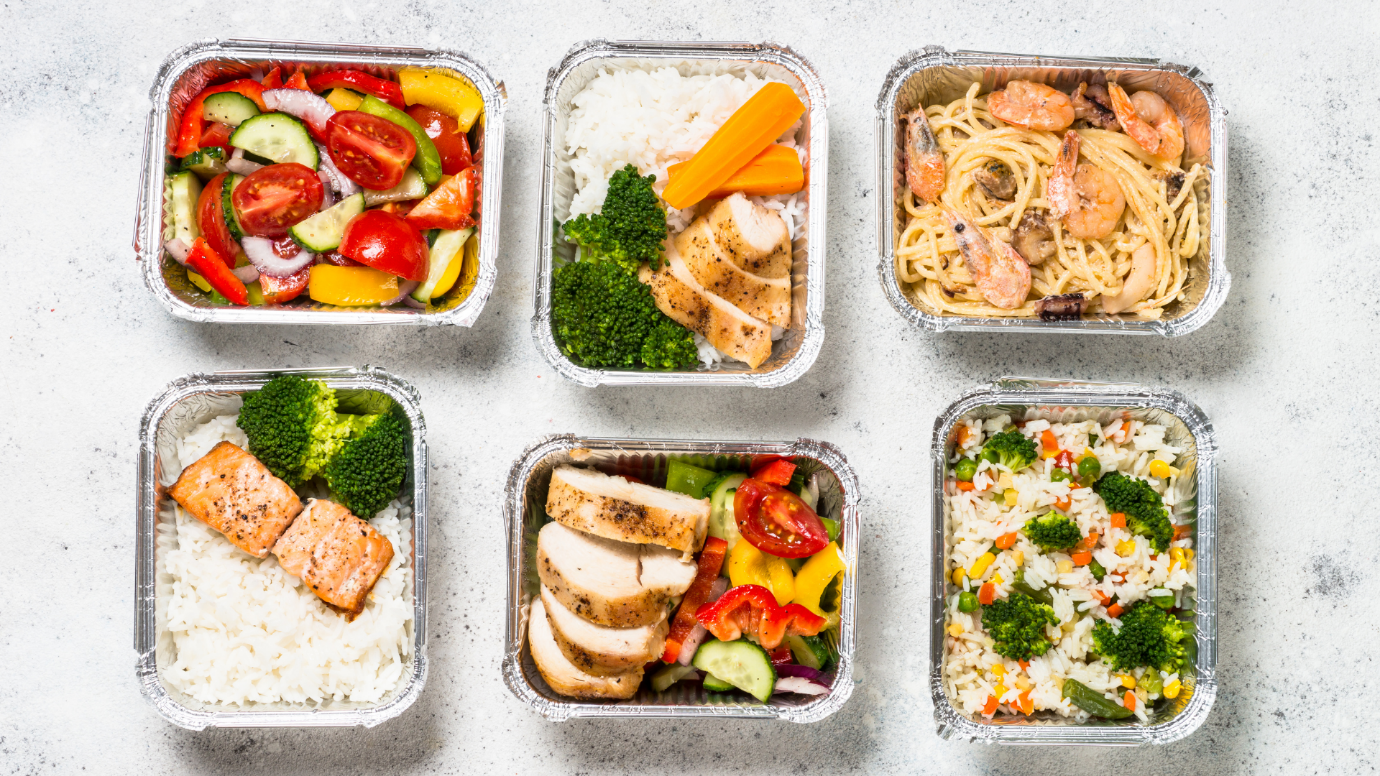
If you eat lunch out every day, it can really affect how much money you have to spend.
One way of cutting the cost is by taking your own food to work or school. It may also help you to eat more healthily because you can choose what goes into the meals.
Another idea is to cook extra portions for your evening meal so there are leftovers to take for lunch the following day.
Although it does take some planning at first, this method will be cheaper in the long term and could help ensure you have a well-balanced diet!
The Bottom Line
To sum it up: You can eat nutritiously without spending a lot. Just plan your meals, cook at home and make smart choices when shopping so that you can afford to buy foods rich in nutrients!
It is essential to bear in mind that even though processed foods appear to cost less upfront, their concealed expenses can significantly affect both our well-being and work performance over time.
Paying for nutrient-dense meals today is an investment in your future health and wellness. With these 10 budget-saving ideas, you can begin consuming better without increasing your expenses!




